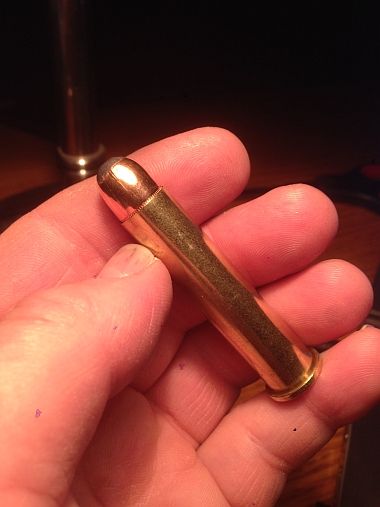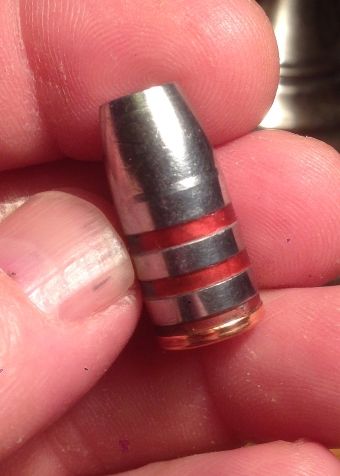Bongo,
I shoot a Remington Rolling Block 45-70 with an aperture site with great results. You have a scope that was not tightened down in the first place. It's a start all over scenario! After the tightened down scope has been fired at the range, go to your NRA rules of shooting...Don't pull or jerk the trigger...squeeze the trigger. Take full breathe and release slowly, and stop breathing before the fire. Don't anticipate the "boom", rather let the boom surprise you. The 45.70 almost wiped out the late 1800's buffalo heard from people riding horses. It's most accurate in the experienced firing hands.
I shoot a Remington Rolling Block 45-70 with an aperture site with great results. You have a scope that was not tightened down in the first place. It's a start all over scenario! After the tightened down scope has been fired at the range, go to your NRA rules of shooting...Don't pull or jerk the trigger...squeeze the trigger. Take full breathe and release slowly, and stop breathing before the fire. Don't anticipate the "boom", rather let the boom surprise you. The 45.70 almost wiped out the late 1800's buffalo heard from people riding horses. It's most accurate in the experienced firing hands.


